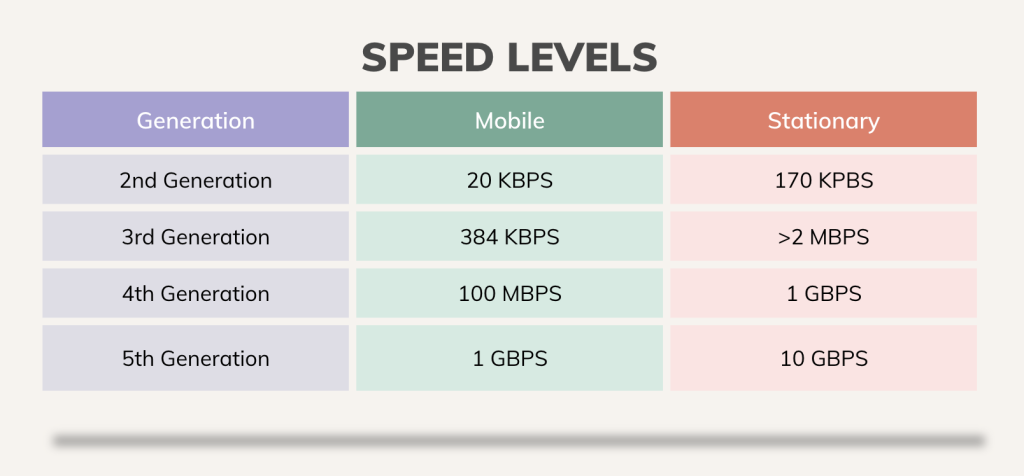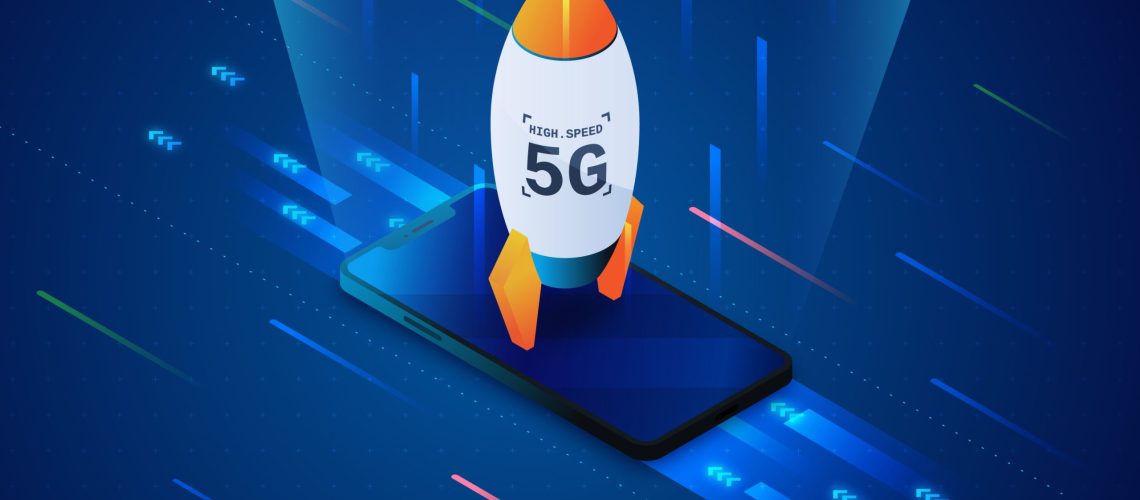5G network is initially being rolled out in Delhi, Mumbai, Kolkata, Chennai and soon it will be available in Tier 1 and Tier 2 cities, by Jio, Airtel, and Vodafone Idea. All three operators will be using the non-standalone networks to start with, i.e., using the existing 4G infrastructure, and then gradually moving towards the stand-alone network (dedicated 5G infrastructure).
Jio has procured frequencies 700 MHz, 800 MHz, 1800 MHz, 3300 – 3800MHZ, 3300 – 4200MHZ, 26GHZ. Airtel has procured 1800MHz, 2100MHz, 3300 – 3800MHZ, 3300 – 4200MHZ, 26GHZ.
The lower the frequency, the better the coverage, but the slower the speed. The higher the frequency, the lower the coverage but the faster the speed. i.e., 700 MHz means better coverage and lesser speed, and 2800 MHz means less coverage and higher speed, Jio would be operating at lower frequencies compared to Vodafone Idea and Airtel.
Existing 4G SIM card subscribers with 5G phones don’t need to procure new 5G SIM cards as all the operators are using non-standalone networks (4G/LTE networks) now, but once the telecom providers upgrade to a stand-alone network, then all subscribers will need to procure new 5G SIM cards.
Technicality in 5G Network:
Mobile networks have been transformed rapidly over the last twenty years from a data speed perspective, but they continue to progress to enable us with many use cases for consumers and Internet of Things devices. The 1G of mobile networks is now obsolete (1971), but we still have 2G (1991), 3G (2001), 4G (2009) and 5G (2019) networks active in most parts of the world.
1G (1st Generation) mobile networks used analogue technologies, i.e., AMPS, NMT, TACS, J-TACS, and C-Netz. All the subsequent generations were digital and used, i.e., GSM, D-AMPS, and IS-95 for 2G (2nd Generation), CDMA2000 and UMTS (WCDMA) and CDMA2000 for 3G (3rd Generation), LTE for 4G (4th Generation), and NR for 5G (5th Generation).
The driving force for 5G is generated because of the increasing demands from a networked human society. Those demands include more traffic volume, more devices with diverse service requirements, better quality, better reach, and better affordability at reduced costs.
Capability of 5G Network:
- The peak data rate for 5G is expected to reach 10 Gbps and exceed this value in indoor and dense outdoor environments.
- The user experienced data rates are expected would be at least 10 Mbps accessible everywhere including sparsely populated areas; 100 Mbps for wide-area coverage in urban areas and goes up to 1 Gbps in indoor environment.
- The energy consumption for the 5G radio access network should not be greater than LTE network.
- Over-the-air latency is to be reduced to 1ms, capable of supporting services with very low-latency requirements.
- 5G is also expected to enable high mobility up to 500 km/h with acceptable quality of service. That means 5G will enable customers to watch 4K video on their phones seamlessly while travelling in cars and trains
- 5G has technological advancements i.e., Computer Games (VR), Augmented Reality (AR), and more. These technologies will have a far-reaching impact on a variety of industries, including healthcare, agriculture, education, and disaster relief.
- 5G technology and its applications will enable remote control over disaster-hit areas, a live 4K feed from HD cameras installed in public spaces, and more. It’ll also help in minimising the role of humans
Speed Levels:

Plans and Pricing in India:
5G prepaid plans are not that expensive in rest of India as compared to their 4G tariffs. We are assuming 5G plans will be about 25% to 40% expensive on an average when we compare them with our existing 4G tariffs by Indian operators. The major benefits would be speed, access to IOT, access to games, access to AR/VR, access to cloud and access to (OTT) over-the-top benefits which are something that we can’t ignore.



